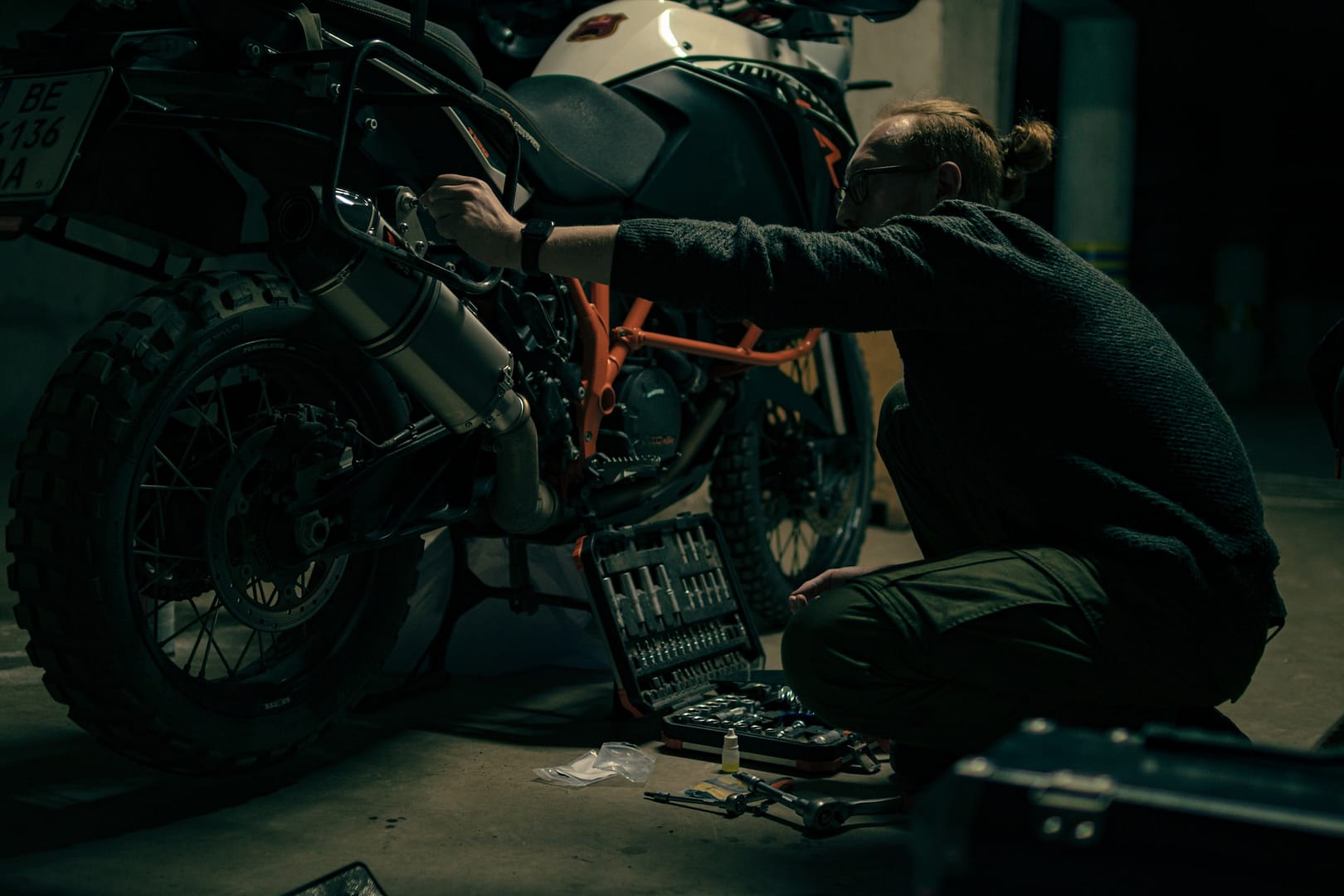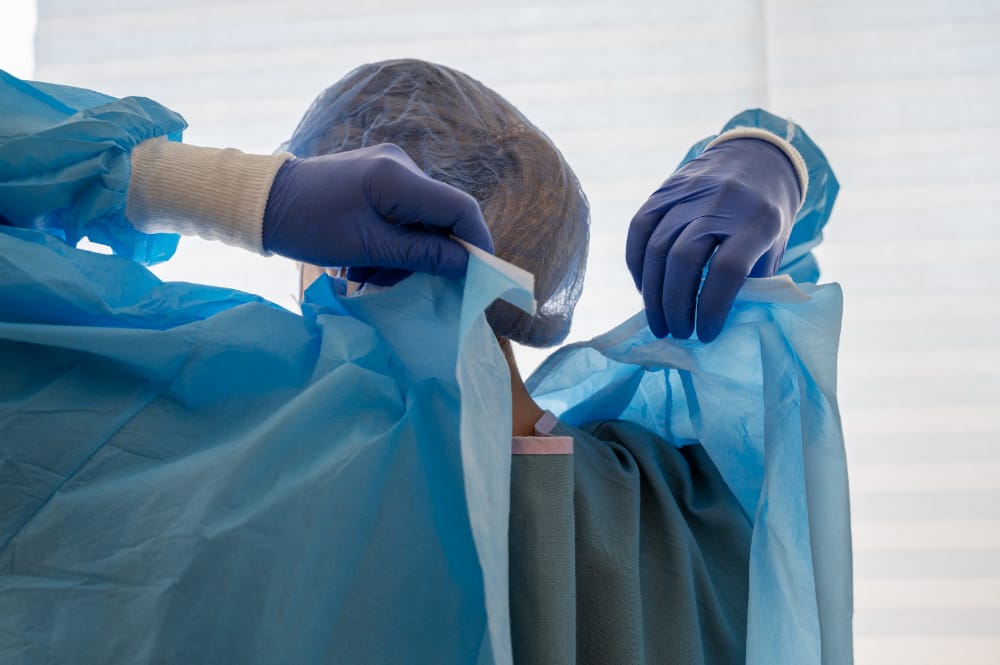Riding a motorbike is an exhilarating experience, but it comes with its own set of risks. Ensuring your safety on two wheels should always be a top priority. One way to do this is by performing important safety checks on your motorbike regularly. These checks can help you identify potential issues before they become serious problems and keep you riding safely. In this article, we’ll delve into the most important motorcycle safety checks and discuss how often you should carry them out. We will also walk you through how best to start your road traffic accident claim.
Why Are Safety Checks Essential?
Before we dive into the specifics of safety checks, let’s understand why they are so crucial. Your motorbike is not just a mode of transportation; it’s an extension of yourself on the open road. When you’re cruising on two wheels, your safety depends on the mechanical condition of your bike. Ignoring safety checks can lead to accidents, injuries, and even fatalities.
Imagine you’re on a winding road, leaning into a corner, and suddenly your brakes fail. Or, you’re accelerating on the highway, and your tires lose traction. These scenarios are not just terrifying but life-threatening. Regular safety checks can prevent such situations by identifying and rectifying issues in advance.
The Most Important Motorcycle Safety Checks
Tire Inspection
Your bike’s tires are the only point of contact with the road, making them a critical component of safety. Check for signs of wear and tear, such as uneven tread, cracks, or punctures. Ensure that the tire pressure matches the manufacturer’s recommendations as stated in your bike’s manual. Proper tire maintenance ensures stability and grip while riding.
Brake Functionality
Brakes are your lifeline on the road. Test both the front and rear brakes for responsiveness. Ensure that brake fluid levels are within the recommended range. Spongy or unresponsive brakes can lead to accidents, so make sure they are in top condition.
Lights and Signals
Visibility is key to safety, both for you and other road users. Check all your lights, including headlights, taillights, turn signals, and brake lights. Replace any burnt-out bulbs immediately. Dim or malfunctioning lights can make it difficult for others to see you, especially during nighttime or adverse weather conditions.
Fluid Levels
Various fluids keep your bike running smoothly. Check the levels of engine oil, coolant, and hydraulic fluid (if applicable). Running low on any of these can lead to engine damage or overheating. Be sure to use the correct type of fluids recommended by your bike’s manufacturer.
Chain and Drive System
If your motorbike has a chain drive system, inspect it for proper tension and lubrication. A loose or rusty chain can affect your bike’s performance and safety. On bikes with shaft drive systems, ensure there are no leaks or damage.
Suspension
A well-maintained suspension system is essential for a comfortable and safe ride. Check for leaks, damage, or excessive wear in your bike’s suspension components. Proper suspension ensures stability and control, especially on uneven or bumpy roads.
Horn and Mirrors
Your horn and mirrors are your communication tools on the road. Ensure your horn is audible and your mirrors are properly adjusted to provide a clear view of the traffic behind you. Being able to alert others and maintain awareness of your surroundings is crucial for safety.
Frame and Body
Inspect the frame and body of your motorbike for any cracks, dents, or signs of structural damage. Even minor damage can compromise the integrity of your bike and pose safety risks. Address any issues promptly to prevent further damage.
Cables and Controls
Check all cables, such as the throttle, clutch, and brakes, for proper tension and functionality. Ensure that your controls, like the handlebars and footpegs, are securely fastened. Loose or malfunctioning controls can lead to loss of control while riding.
Battery and Electrical System
A dead battery can leave you stranded on the road. Check the battery terminals for corrosion and ensure they are securely connected. Test your bike’s electrical system, including the starter motor and charging system, to avoid unexpected breakdowns.
How Often Should You Carry Out These Checks?
Now that you know what safety checks are essential for your motorbike, the next question is how often you should perform them. The frequency of these checks depends on several factors, including your bike’s make and model, how often you ride, and the conditions in which you ride. However, here are some general guidelines to follow:
Daily Checks
Some safety checks should be part of your daily routine before each ride. These include:
- Tire Pressure: Check tire pressure to ensure it’s within the recommended range.
- Lights and Signals: Test all lights and signals to ensure they are functioning correctly.
- Brakes: Test the brakes for responsiveness and ensure there are no unusual noises.
Weekly or Bi-Weekly Checks
These checks are slightly more in-depth and can be done on a weekly or bi-weekly basis:
- Fluid Levels: Check engine oil, coolant, and brake fluid levels.
- Chain (if applicable): Inspect the chain for tension and lubrication.
- Suspension: Examine the suspension components for leaks or damage.
- Cables and Controls: Ensure all cables and controls are in good working order.
Monthly Checks
These checks are more comprehensive and should be done on a monthly basis:
- Tire Inspection: Inspect tires for wear and tear, including tread depth and condition.
- Battery: Check battery terminals for corrosion and test the electrical system.
- Horn and Mirrors: Test the horn and adjust mirrors as needed.
Seasonal Checks
Some safety checks are best performed at the beginning of each riding season or after your bike has been in storage:
- Frame and Body: Inspect the frame and body for any damage or rust.
- Drive System: Check the drive system (chain or shaft) for wear and proper lubrication.
Annual or Bi-Annual Maintenance
Finally, consider scheduling an annual or bi-annual maintenance check with a qualified mechanic. They can perform a more thorough inspection and address any potential issues you may have missed. This is also an excellent opportunity to replace worn-out parts and ensure your bike is in peak condition.
Remember, these are general guidelines, and it’s essential to consult your bike’s owner’s manual for manufacturer-specific recommendations. Additionally, if you notice any unusual sounds, vibrations, or handling issues while riding, don’t wait for your scheduled checks—address them immediately to ensure your safety.
Making a Road Traffic Accident Claim
While safety checks and preventive measures are essential to reduce the risk of accidents, accidents can still happen. If you find yourself involved in a road traffic accident despite your best efforts, it’s crucial to know what steps to take, including making a road traffic accident claim.
Immediate Actions After an Accident
Ensure Safety
Your safety and the safety of others involved should be your top priority. Move to a safe location if possible and assess the condition of everyone involved.
Contact Emergency Services
If there are injuries or significant damage, call emergency services immediately. Even if injuries seem minor, it’s wise to seek medical attention.
Gather Information
Collect information from all parties involved, including names, contact details, vehicle registration numbers, and insurance information. Take photos of the accident scene and any damage.
Witnesses
If there are witnesses, obtain their contact information. Their statements may be valuable in the claims process.
Report to Authorities
In some jurisdictions, it’s necessary to report the accident to the police. Be sure to follow the local laws and regulations.
Making a Claim
Consult National Claims
If the accident resulted in significant injuries or disputes with the other party’s insurance, consider consulting us at National Claims, where we specialise in personal injury or motorbike accidents.
Claim Assessment
Our claims specialists will assess the claim, and will provide guidance throughout the entire claims process.
Repair or Replacement
Once your claim is approved, we will arrange for the repair or replacement of your motorbike, depending on the extent of the damage.
Recovery for Injuries
If you were injured in the accident, you may be entitled to compensation for medical expenses, lost wages, and pain and suffering.

Conclusion
Riding a motorbike is an adventure that offers freedom and excitement, but it also comes with responsibilities. Keeping yourself safe on the road starts with performing regular safety checks on your motorbike. From inspecting tires and brakes to checking lights and fluid levels, these checks are your first line of defence against accidents.
Remember to tailor your safety check schedule to your bike’s make and model, your riding frequency, and the conditions in which you ride. Daily, weekly, monthly, and seasonal checks, along with annual or bi-annual maintenance, can help ensure your bike remains in optimal condition.
Despite your best efforts, accidents can still occur. In such cases, knowing what to do, from ensuring safety at the scene to making a road traffic accident claim, is essential. Promptly reporting the accident to the authorities and your insurance company, providing documentation, and seeking legal assistance when necessary can help you navigate the aftermath of an accident.
By combining regular safety checks with responsible actions in the event of an accident, you can enjoy the thrill of riding your motorbike while prioritising your safety and the safety of others on the road. Stay safe and ride on!
Contact us today to be put in touch with one of our helpful claims specialists and start your claim.
Click below to see why we are one of the most trusted claims management companies in the UK.

We’re proud of our excellent customer reviews
We thrive on delivering exceptional service and ensuring our clients’ satisfaction. Don’t just take our word for it. Check out some of our independent reviews to see what our clients have to say.
Excellent

This firm is excellent, they sorted out my car pay out and injury claim very fast, they always communicate with you all the time.

My accident case was dealt with confidence and with great result of the outcome, especially James kept me informed all the time.

I was very impressed at the way my inquiry was treated. I was listened to attentively and everything I needed to know was explained to me.






